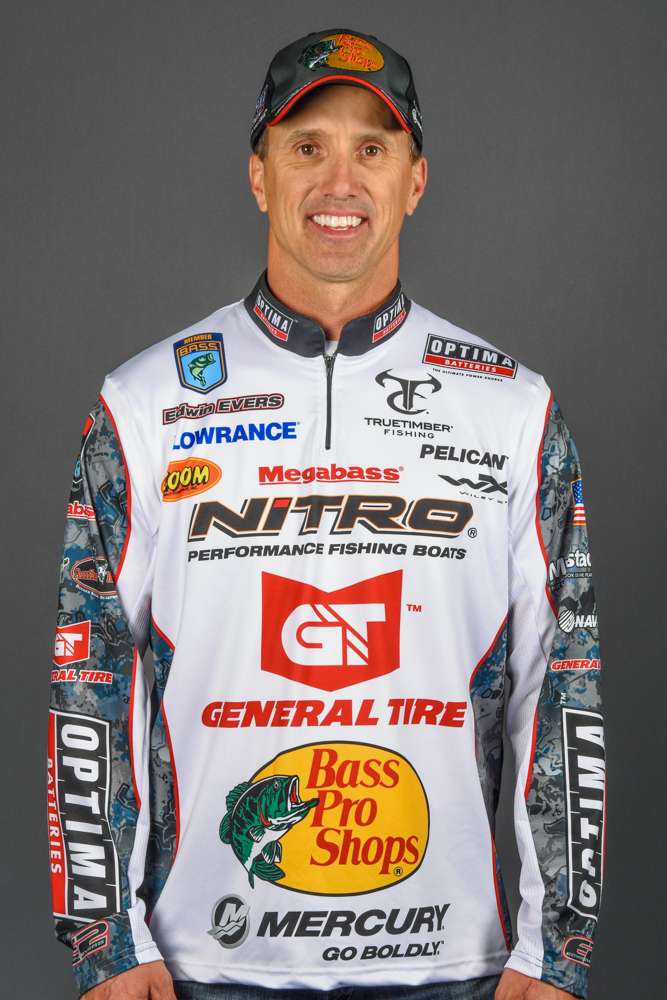In my column on May 6, I shared my mid-season report card with you. I wasn’t particularly proud of it, but it was my honest assessment of how I performed through the first four events of the 2014 Bassmaster Elite Series season.
I was in 58th place among 108 Elite anglers at that time, and I wasn’t very happy about that situation. In a lot of ways, I’ve always been my own toughest critic and I expect better of myself. My poor start meant that I wouldn’t be challenging for the Toyota Bassmaster Angler of the Year award, and I knew I needed to turn things around if I was going to qualify for the 2015 Bassmaster Classic.
Fortunately, I was able to do that. I had a pretty good second half (I finished in the money every time out and posted three finishes in the top 23) and lifted my grades up to where I think they’re at least respectable. It wasn’t a great year, but I feel pretty good about the way I finished. I ended the season 22nd in the AOY race and qualified for my 14th Bassmaster Classic.
When I look back and grade myself on the key things that go into my fishing, here’s what my final report card of 2014 looks like.
Preseason Preparation (B)
I gave myself a C at the mid-term, but was able to raise it to a B, largely on the strength of a couple of good tournaments at the Delaware River and Cayuga Lake (where I was 13th and fourth, respectively). My preseason work put the right baits in my hands, and map and aerial photo study helped put me in the right places.
Now that we’re not allowed to fly over tournament waters during practice, map and aerial photo study is more important than ever. And since the competition is strong and getting stronger all the time, any little edge you can get over the other guys is magnified. Preseason preparation is something that fans may not hear much about, but it’s critical, and it’s something I’m already working on for 2015.
Practice (B)
In May I gave myself a C in this category, but I think I deserve a B for the full season. I improved a lot in the second half, covering more water and not locking into whatever preconceived notions I might have had about the tournament. In the first half, I was stubborn about my approach and how I was going to catch fish. It cost me.
You always hear fishermen (and especially tournament fishermen) talk about listening to what the bass are telling you and not trying to force your will upon the fish. It’s all true, of course, but it’s a lot harder to do the right thing than it is to talk about it. I did a better job of letting the conditions come to me in the last four or five events.
That’s not to say that I was perfect in the second half — I wasn’t. At Dardanelle, I got away from the bulk of the fishing pressure (which I generally like to do), but sometimes there are good reasons why all the boats are in one area — the fish are there! At Chickamauga, I found the right areas to do well, but I fished them at the wrong times and didn’t see their full potential. I ended up getting beat on water I found. That’s frustrating, but I take some satisfaction in knowing that I found those fish; I just couldn’t make them bite when I was there.
Execution (C+)
Execution was probably my biggest problem in the first half (I gave myself a D). Things got a lot better in the second half, and they had to. I had a lot on the line after my poor start, including a berth in the Classic.
When you’re under the gun like I was, everything ramps up. Everything is amplified. I had confidence that I’d get my performance and execution turned around, but I knew I had to be spot on if I was going to make up for such a bad start.
Some people struggle when things aren’t going well. Others find another gear and turn it around. I think the fact that I played sports in high school and college helps me a lot. It gives me the confidence and attitude that keeps me from spinning out and making a bad situation worse.
Next time, I’ll cover on-the-water adjustments and equipment.





